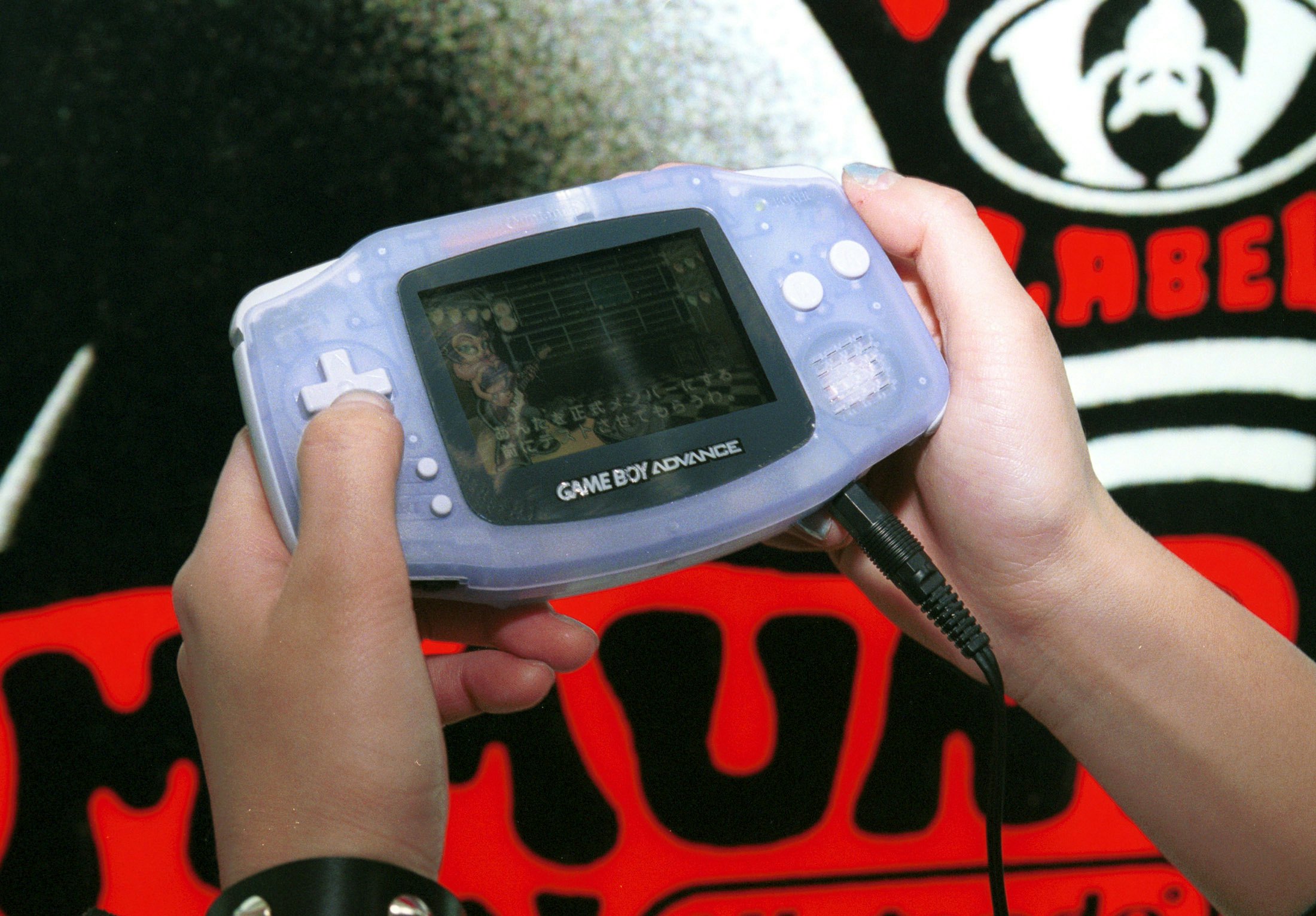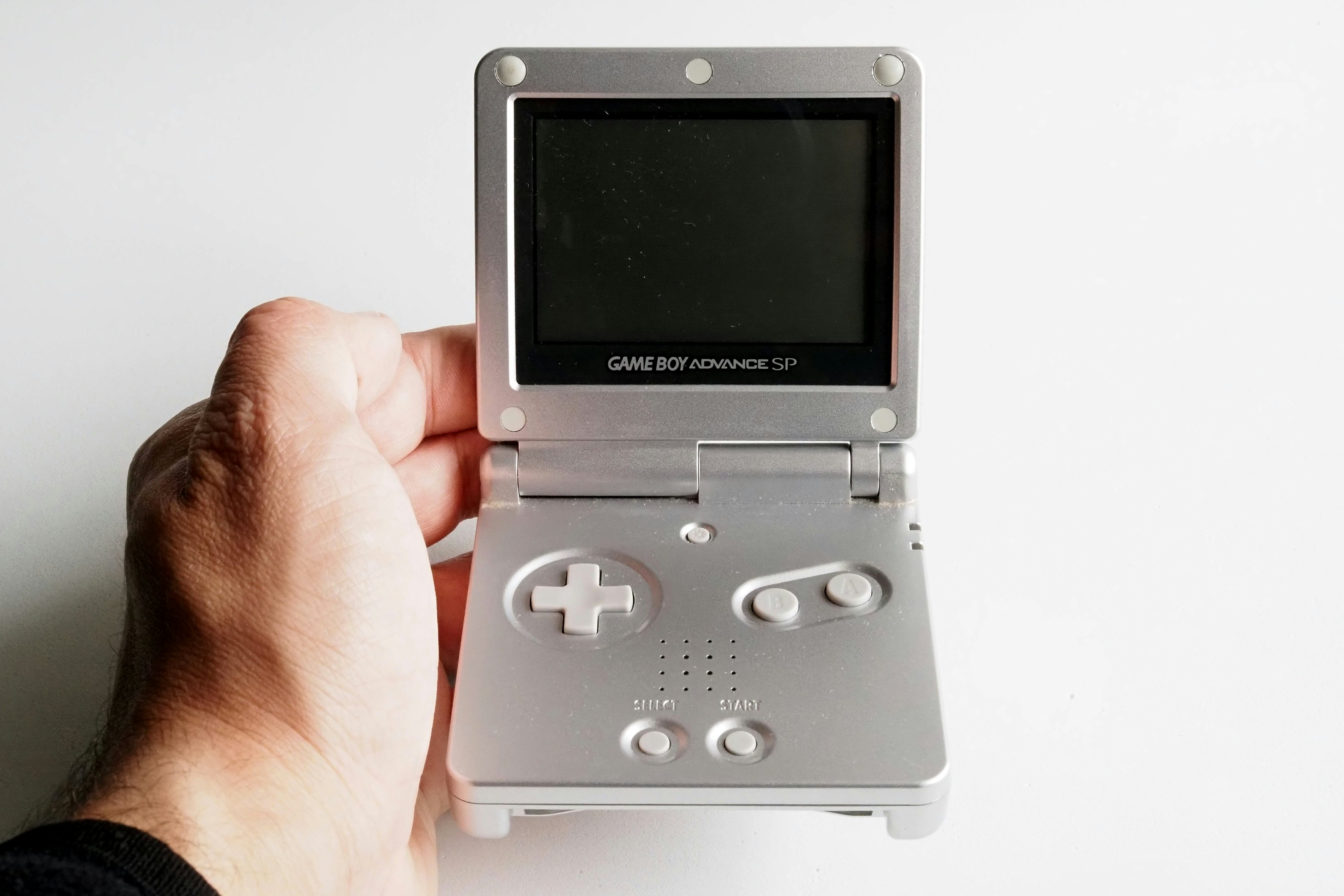
The Game Boy was a hit from the start when it was released in 1989. But it wasn’t until the Game Boy Advance arrived in 2001 that Nintendo revealed what was truly possible with a handheld game console.
Like much of Nintendo’s hardware, the original Game Boy was a calculated risk. Opting for less powerful internals and a green-tinted grayscale screen made it easy for Nintendo’s competitors to release follow-ups that stood out with more impressive games and color screens. We don’t remember the Neo Geo Pocket now, but in many ways it had Nintendo beat.
It would take not just the color screen of the Game Boy Color, but a true “next-gen” Game Boy to keep Nintendo on its handheld throne. The Game Boy Advance (GBA) managed to do both. The GBA not only arrived in a body that was easier to hold, but also packed in a lot more power. It was enough to reproduce SNES-quality graphics on the go for the very first time, laying the groundwork for Nintendo’s handheld dominance in the years that followed.
A Horizontal Game Boy

The most obvious change between the Game Boy Color and the Game Boy Advance was the switch from a vertical form factor to a horizontal one. The change allowed the GBA to fit a larger and wider 2.9-inch LCD display, while also making the handheld roomier and more comfortable for larger hands to hold.
Nintendo drastically changed the GBA internally as well. It moved from the custom 4MHz SM83 Sharp chip in the Game Boy and Game Boy Color to a 16MHz ARM7TDMI chip and a Sharp chip in the GBA that let the handheld play new 32-bit games and the GBC and GB’s simpler 8-bit titles.
Read through reviews of the Game Boy Advance from the time, and it’s obvious the new display and improved performance were groundbreaking for a handheld. For example, the GBA’s screen was capable of reproducing far more colors than the Game Boy Color. “The system bumps its color capability from 56 colors on screen on the GBC to more than 500 on the Game Boy Advance,” said IGN. And in terms of graphical oomph, “it performs at roughly the same level as the Super Nintendo,” CNET wrote.
Those performance improvements didn’t come without a cost. The GBA used AA batteries just like previous Game Boys did, though where their batteries could get 30 hours or more of consistent use, the Advance got closer to 15 hours. Not including a backlight for the GBA’s screen was likely a deliberate design decision to stretch the handheld’s battery life even further. Unfortunately, that came with the side effect of the GBA being very difficult to use anywhere other than in direct light. These shortcomings wouldn’t get in the way of the GBA being popular — Nintendo ultimately sold 81.51 million units by 2008 — but they did leave plenty of room for revisions.
The Golden Age of Handheld Gaming

Nintendo’s Game Boy era was largely defined by games released after the GBA came out. Pokémon dominated the sales charts and my memory (Leaf Green in particular), but you don’t have to dig deep in the GBA catalog to hit a classic. Mario Kart: Super Circuit was a worthy launch game that modernized Super Mario Kart; Golden Sun, released in 2001, scratched the JRPG itch; The Legend of Zelda: The Minish Cap hit in 2004 and successfully married Wind Waker’s cel-shaded design with the top-down gameplay of Link’s Awakening; and WarioWare: Twisted! arrived in 2005 with not only some of the series’ best microgames, but also a unique cartridge with a built-in gyroscope and rumble feedback.
The Game Boy Advance was home to gimmicks likeTwisted’s specialized cartridge and plenty of the usual suite of Nintendo tricks as well. The Game Boy Advance Link Cables allowed for local multiplayer games; the Wireless Adapter introduced wireless play between multiple players, and the Game Boy Advance to Nintendo GameCube Link Cable let you use the GBA as a controller for the cube-shaped console or, in some games, as a secondary screen. The GBA was a blueprint for some of the play experimentation that Nintendo would later design directly into future systems like the DS and Wii U.
The GBA was a blueprint for some of the play experimentation that Nintendo would later design directly into future systems like the DS and Wii U.
Besides accessories, Nintendo eventually improved on the GBA with the Game Boy Advance SP, a clamshell version of the handheld that also included a frontlight to make it playable in the dark, in 2003. The GBA SP was more compact, and closer to the original Game Boy in terms of the orientation of the handheld’s screen and controls when open, but it had its own sacrifice too: It removed the headphone jack. (Nintendo had the courage to remove the headphone jack and impose a dongle long before Apple did.)
The GBA’s DNA Lives On In the Switch
Yes, the Game Boy Advance was a better Game Boy that started to realize the potential of porting console games to a handheld form factor, but it’s also a good marker of when Nintendo started to dial into what makes it so special. As competitors like Sony focused on releasing more powerful, graphically competent hardware with the PlayStation 2 in 2000 and PlayStation Portable in 2004, Nintendo became more Nintendo.
Like the Wii U, which was a meeting of the company’s experimental side and the demand for modern HD graphics, the Game Boy Advance was one of a few times Nintendo obviously prioritized game system specs over fun gameplay features such as novel inputs (touchscreen and motion controls) or display technologies like stereoscopic 3D displays.
For handhelds at least, after the GBA, Nintendo started to downplay graphical fidelity — a strategy that many consumers continue to frump at, but has worked out lucratively to this day with the Switch. The wide screen and horizontal design have stuck around, too.







